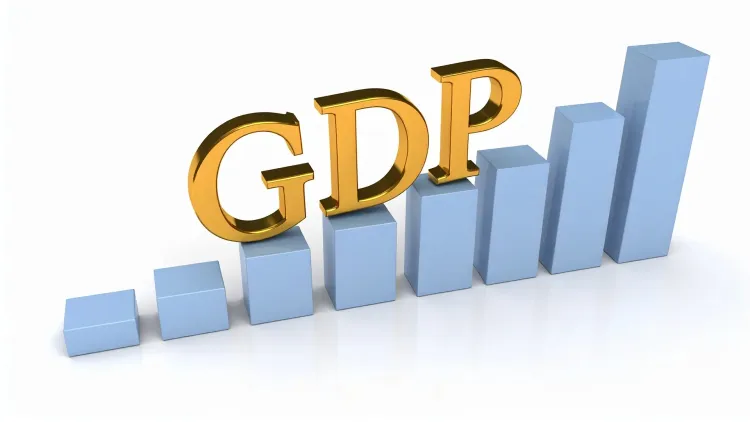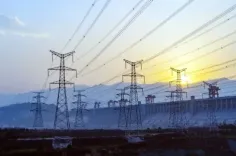Will India's GDP Grow by 6.2% in FY26 with Inflation at 4%?

Synopsis
Key Takeaways
- India's GDP growth forecast at 6.2% for FY26.
- Inflation is projected to average 4.0%.
- No further rate cuts from the RBI anticipated unless growth risks arise.
- Current Account Deficit expected to improve.
- Crude oil prices remain a critical factor for economic stability.
Mumbai, June 27 (NationPress) A recent report indicates that India's GDP is anticipated to expand by 6.2 percent in FY26, with the Consumer Price Index (CPI) inflation averaging around 4.0 percent. The report also suggests that no additional rate cuts from the RBI are expected unless downside risks to growth emerge.
The Current Account Deficit (CAD) is forecasted to be 1.0 percent of GDP in FY25 and 0.9 percent in FY26, while the fiscal deficit is projected to be 4.4 percent, according to CareEdge Ratings.
The report mentions that the 10-year G-Sec yield is likely to fall between 6.0 percent and 6.2 percent by the conclusion of FY26. Moreover, the USD-INR exchange rate is expected to fluctuate between 85 and 87 by the end of FY26.
During the recent Monetary Policy Committee (MPC) meeting, the RBI emphasized its focus on promoting growth as inflation concerns ease. Additionally, the RBI announced a phased 100 basis point CRR cut beginning in September, projected to introduce around Rs 2.5 lakh crore of sustainable liquidity into the market by December 2025.
For FY26, the RBI has kept its GDP growth projection steady at 6.5 percent while adjusting the CPI inflation forecast down to 3.7 percent from the previous 4.0 percent.
Meanwhile, crude oil prices have spiked in June due to escalating tensions in the Middle East, reaching approximately $79 per barrel — the highest level since January 2025 — before a subsequent 14 percent decline as tensions de-escalated.
CareEdge Ratings anticipates that Brent crude will average between $65 and $70 per barrel in FY26, assuming no further escalation in regional conflicts. These estimates do not prompt revisions to their FY26 forecasts for India's growth, inflation, fiscal deficit, CAD, or the rupee.
“Nevertheless, the situation in the Middle East remains a critical factor to monitor, especially since the Strait of Hormuz plays a vital role in global seaborne oil trade,” the report noted.
India's diverse crude oil import sources provide a degree of resilience. In FY25, Iran constituted merely 0.1 percent of India's petroleum, oil, and lubricants (POL) imports, a significant drop from 5.2 percent in FY15.
While the Middle East continues to be a primary supplier, its contribution has decreased to 50 percent from 60 percent over the last decade. Conversely, imports from nations like Russia surged to 28.5 percent in FY25 from just 0.2 percent in FY15.







